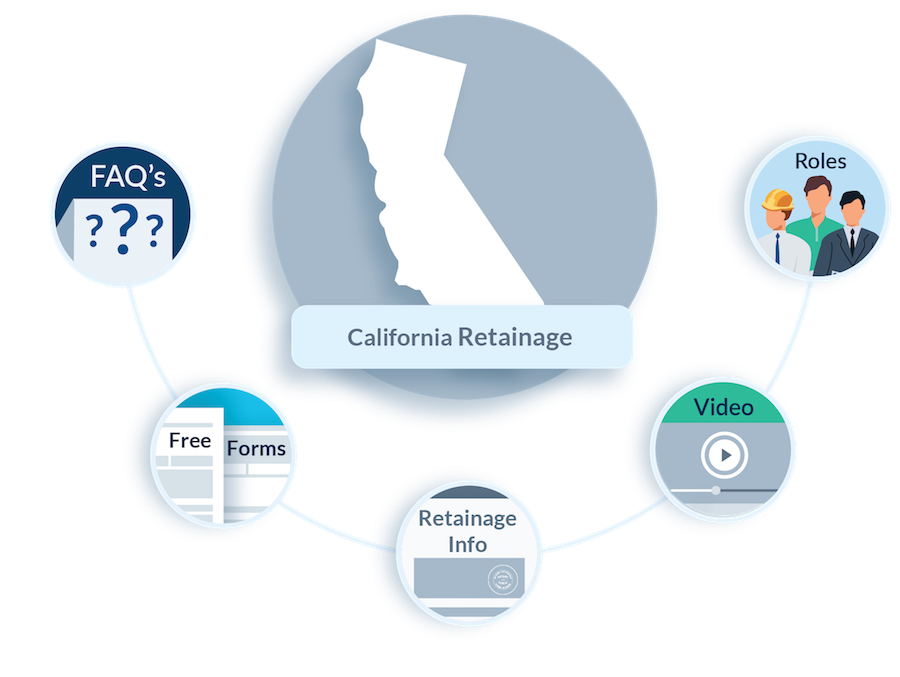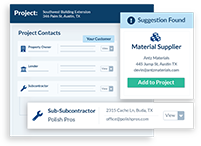(a)Provisions shall be included in any invitation for bid and in any contract documents to permit the substitution of securities for any moneys withheld by a public agency to ensure performance under a contract. At the request and expense of the contractor, securities equivalent to the amount withheld shall be deposited with the State Treasurer or, a state or federally chartered bank in this state, as the escrow agent, who shall then pay the moneys to the contractor. Upon satisfactory completion of the contract, the securities shall be returned to the contractor.
(b)Alternatively, the contractor may request and the owner shall make payment of retentions earned directly to the escrow agent. The contractor may direct the investment of the payments into securities and the contractor shall receive the interest earned on the investments upon the same terms provided for in this section for securities deposited by the contractor. Upon satisfactory completion of the contract, the contractor shall receive from the escrow agent all securities, interest, and payments received by the escrow agent from the owner, pursuant to the terms of this section.
(c)Alternatively, and subject to the approval and at the sole discretion of the public agency, the payment of retentions earned may be deposited directly with a person licensed under Division 6 (commencing with Section 17000) of the Financial Code as the escrow agent. Upon written request of an escrow agent who has not been approved by the public agency under this subdivision, the public agency shall provide written notice to that escrow agent within 10 business days of receipt of the request indicating the reason or reasons for not approving that escrow agent. An escrow agent that has been disapproved by the public agency may not maintain any cause of action of any nature against the state or any public agency, officer, agent, or employee of any public agency, in connection with the disapproval of that escrow agent. The payments shall be deposited in a trust account with a federally chartered bank or savings association within 24 hours of receipt by the escrow agent. The contractor shall not place any retentions with the escrow agent in excess of the coverage provided to that escrow agent pursuant to subdivision (b) of Section 17314 of the Financial Code. In all respects not inconsistent with this subdivision, the remaining provisions of this section shall apply to escrow agents acting pursuant to this subdivision. In addition, an escrow agent subject to this subdivision shall maintain insurance to cover negligent acts and omissions of the escrow agent in connection with the handling of retentions under this section in an amount not less than one hundred thousand dollars ($100,000) per contract, executed by an admitted insurer and in a form satisfactory to the public agency.
(d)Securities eligible for investment under this section shall include those listed in Section 16430 of the Government Code, bank or savings and loan certificates of deposit, interest-bearing demand deposit accounts, standby letters of credit, or any other security mutually agreed to by the contractor and the public agency.
The contractor shall be the beneficial owner of any securities substituted for moneys withheld and shall receive any interest thereon.
Failure to include the provisions prescribed by this section in bid and contract documents shall void any provisions for performance retentions in a public agency contract.
(e) (1)Any contractor who elects to receive interest on moneys withheld in retention by a public agency shall, at the request of any subcontractor, make that option available to the subcontractor regarding any moneys withheld in retention by the contractor from the subcontractor. If the contractor elects to receive interest on any moneys withheld in retention by a public agency, then the subcontractor shall receive the identical rate of interest received by the contractor on any retention moneys withheld from the subcontractor by the contractor, less any actual pro rata costs associated with administering and calculating that interest. In the event that the interest rate is a fluctuating rate, the rate for the subcontractor shall be determined by calculating the interest rate paid during the time that retentions were withheld from the subcontractor. If the contractor elects to substitute securities in lieu of retention, then, by mutual consent of the contractor and subcontractor, the subcontractor may substitute securities in exchange for the release of moneys held in retention by the contractor.
(2)This subdivision shall apply only to those subcontractors performing more than five percent of the contractor’s total bid.
(3)No contractor shall require any subcontractor to waive any provision of this section.
(f)The Legislature hereby finds and declares that the provisions of this section are of statewide concern and are necessary to encourage full participation by contractors and subcontractors in public contract procedures.
(g)An escrow agreement used pursuant to this section shall be null, void, and unenforceable unless it is substantially similar to the following form:
|
ESCROW AGREEMENT FOR
SECURITY DEPOSITS IN LIEU OF RETENTION
|
|
This Escrow Agreement is made and entered into by and between
|
|
|
whose address is
hereinafter called “owner,”
whose address is
hereinafter called “contractor,”
and
whose address is
hereinafter called “escrow agent.”
|
For the consideration hereinafter set forth, the owner, contractor, and escrow agent agree as follows:
(1)Pursuant to Section 10263 of the Public Contract Code of the State of California, the contractor has the option to deposit securities with the escrow agent as a substitute for retention earnings required to be withheld by the owner pursuant to the construction contract entered into between the owner and contractor for ____ in the amount of ____ dated ____ (hereafter referred to as the “contract”). Alternatively, on written request of the contractor, the owner shall make payments of the retention earnings directly to the escrow agent. When the contractor deposits the securities as a substitute for the contract earnings, the escrow agent shall notify the owner within 10 days of the deposit. The market value of the securities at the time of the substitution shall be at least equal to the cash amount then required to be withheld as retention under the terms of the contract between the owner and contractor. Securities shall be held in the name of the ____, and shall designate the contractor as the beneficial owner.
(2)The owner shall make progress payments to the contractor for those funds which otherwise would be withheld from progress payments pursuant to the contract provision, provided that the escrow agent holds securities in the form and amount specified above.
(3)When the owner makes payment of retentions earned directly to the escrow agent, the escrow agent shall hold them for the benefit of the contractor until such time as the escrow created under this contract is terminated. The contractor may direct the investment of the payments into securities. All terms and conditions of this agreement and the rights and responsibilities of the parties shall be equally applicable and binding when the owner pays the escrow agent directly.
(4)The contractor shall be responsible for paying all fees for the expenses incurred by the escrow agent in administering the escrow account. These expenses and payment terms shall be determined by the contractor and escrow agent.
(5)The interest earned on the securities or the money market accounts held in escrow and all interest earned on the interest shall be for the sole account of contractor and shall be subject to withdrawal by contractor at any time and from time to time without notice to the owner.
(6)The contractor shall have the right to withdraw all or any part of the principal in the escrow account only by written notice to the escrow agent accompanied by written authorization from the owner to the escrow agent that the owner consents to the withdrawal of the amount sought to be withdrawn by contractor.
(7)The owner shall have a right to draw upon the securities in the event of default by the contractor. Upon seven days’ written notice to the escrow agent from the owner of the default, the escrow agent shall immediately convert the securities to cash and shall distribute the cash as instructed by the owner.
(8)Upon receipt of written notification from the owner certifying that the contract is final and complete, and that the contractor has complied with all requirements and procedures applicable to the contract, the escrow agent shall release to the contractor all securities and interest on deposit less escrow fees and charges of the escrow account. The escrow shall be closed immediately upon disbursement of all moneys and securities on deposit and payments of fees and charges.
(9)The escrow agent shall rely on the written notifications from the owner and the contractor pursuant to Sections (1) to (8), inclusive, of this agreement and the owner and contractor shall hold the escrow agent harmless from the escrow agent’s release, conversion, and disbursement of the securities and interest as set forth above.
(10)The names of the persons who are authorized to give written notice or to receive written notice on behalf of the owner and on behalf of the contractor in connection with the foregoing, and exemplars of their respective signatures are as follows:
|
On behalf of the owner:
|
|
On behalf of the contractor:
|
|
|
|
|
|
|
|
|
|
|
|
|
|
|
|
|
|
On behalf of the escrow agent:
|
|
|
|
|
|
|
|
|
|
|
|
|
|
|
|
|
|
|
|
At the time the escrow account is opened, the owner and
contractor shall deliver to the escrow agent a fully executed
counterpart of this Agreement.
IN WITNESS WHEREOF, the parties have executed this
Agreement by their proper officers on the date first set forth above.
|
|
Owner
|
|
Contractor
|
|
|
|
|
|
|
|
|
|
|
|
|
|
|
|
|
Summary
Article Name
California Retainage FAQs
Description
Summary of California Retainage requirements and laws for California construction projects including free forms, FAQs, resources and more.
Author
Scott Wolfe Jr.
Publisher Name
Levelset
Publisher Logo




